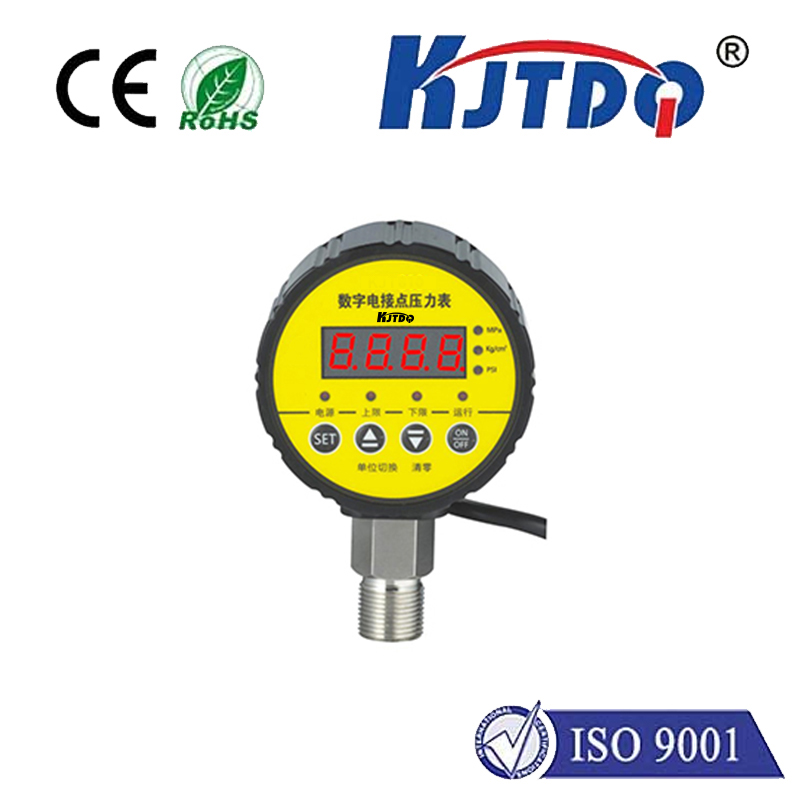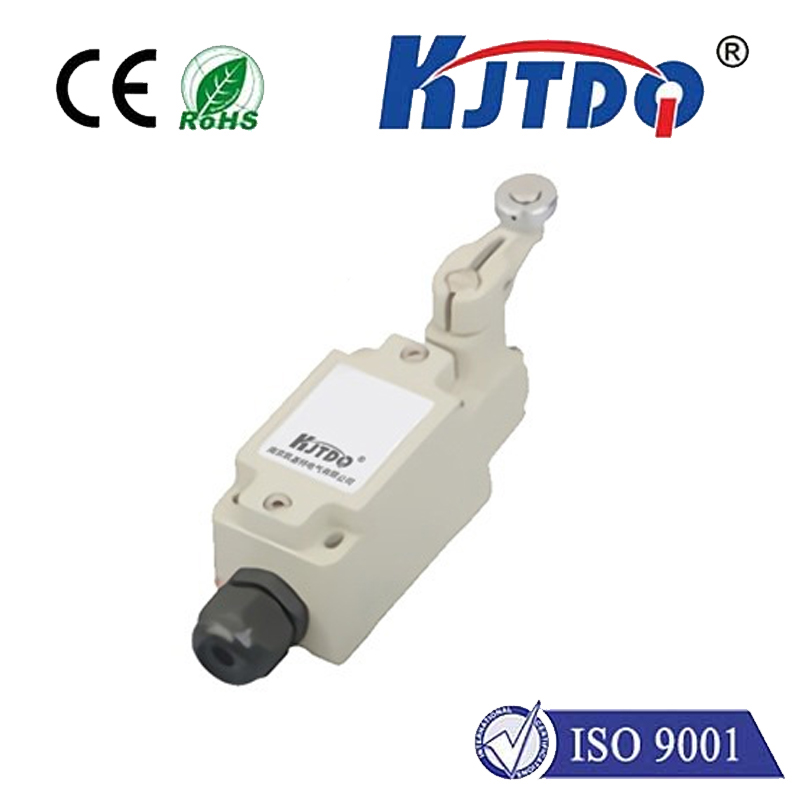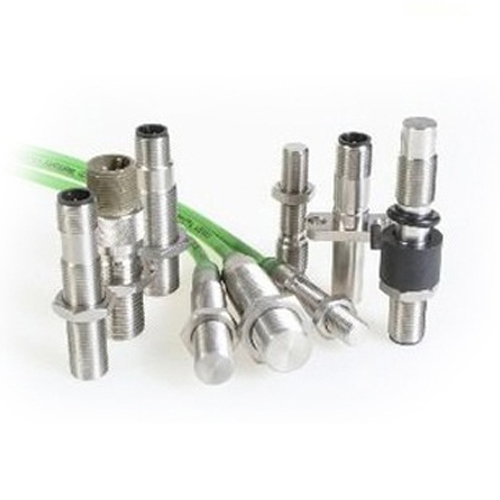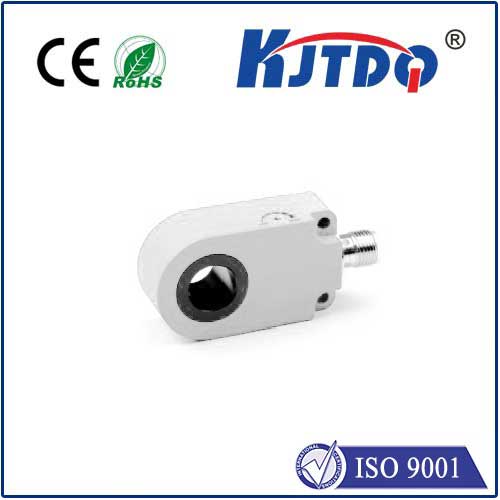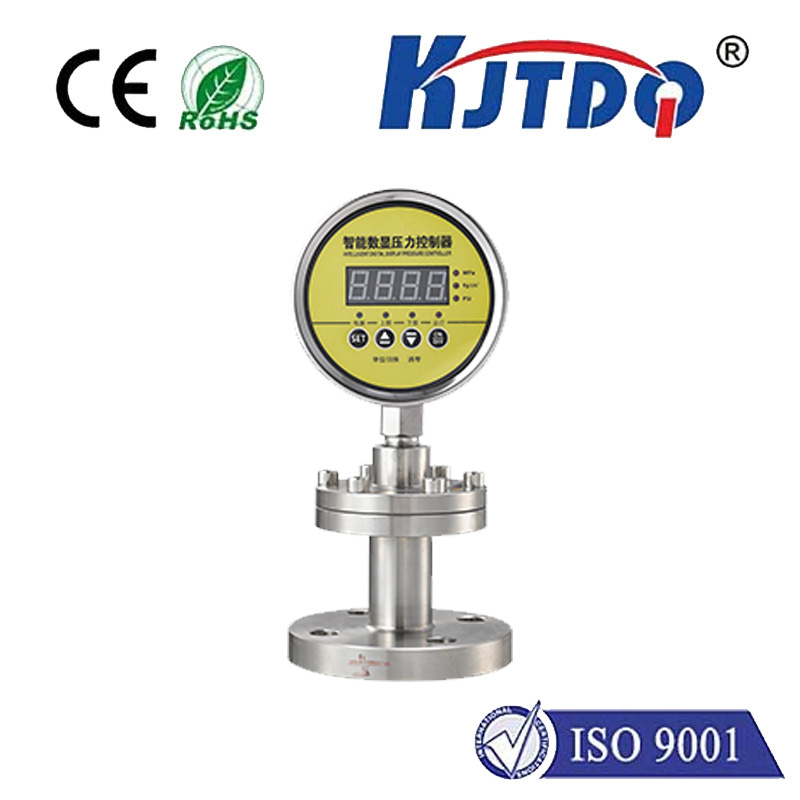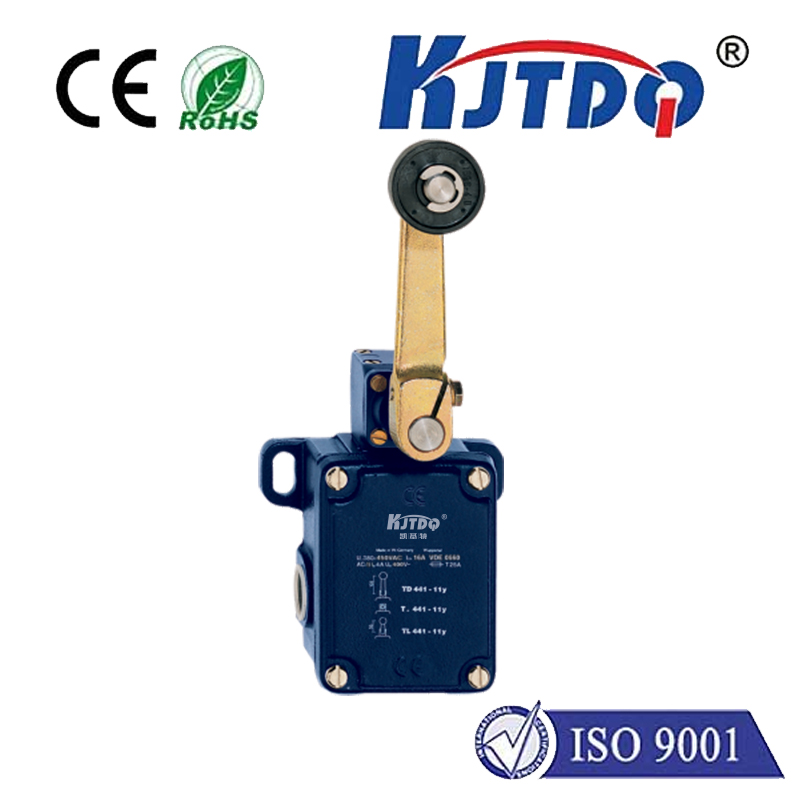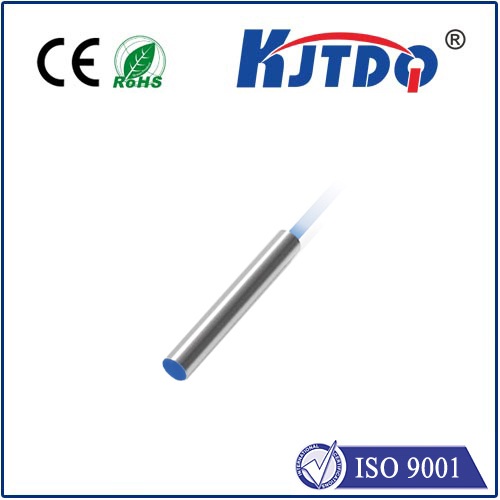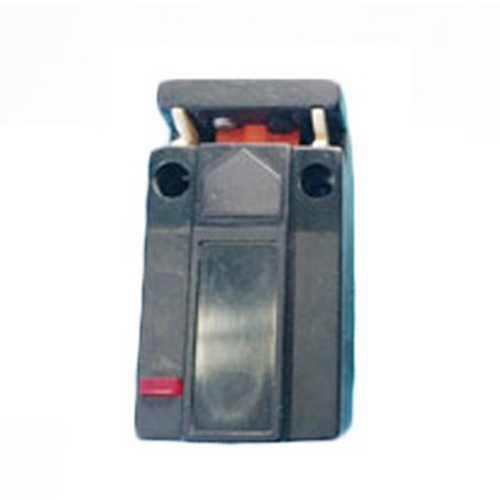

check

check

check

check

check

check

check

check

check

check
Introduction: The Precision Pulse of Modern Systems In the intricate dance of modern machinery, automation, and environmental control, one element remains fundamental: the accurate measurement of pressure. Whether ensuring safety in a chemical reactor, optimizing fuel efficiency in an automotive engine, or maintaining perfect conditions in medical equipment, reliable pressure data is non-negotiable. Standing at this critical intersection of measurement and control is the PI1707 pressure sensor, a sophisticated component engineered to deliver dependable performance where it matters most. Its ability to translate the invisible force of pressure into precise, usable electrical signals makes it an indispensable tool across countless industries. Understanding its capabilities is key to unlocking smarter, safer, and more efficient operations.
Demystifying the PI1707: Core Function and Technology At its heart, the PI1707 is an integrated pressure transducer. This means it combines the pressure-sensitive element (sensing diaphragm), signal conditioning circuitry, and often temperature compensation mechanisms into a single, compact package. Typically, the PI1707 utilizes a micromachined silicon sensing element. This advanced technology involves etching a thin, flexible diaphragm directly onto a silicon chip. When pressure is applied, this diaphragm deflects minutely. Integrated piezoresistive elements on the diaphragm change their electrical resistance proportionally to this deflection. This raw signal is inherently weak and susceptible to temperature effects.

This is where the PI1707’s integrated intelligence shines. Its onboard application-specific integrated circuit (ASIC) performs several crucial tasks: amplifying the weak signal, compensating for temperature variations to maintain accuracy across a range of operating conditions, and providing calibrated digital output (commonly I²C or SPI). This integrated digital processing streamlines integration into modern electronic control units (ECUs) and microcontrollers.
Key Features Driving the PI1707’s Value Proposition What sets the PI1707 apart in the crowded field of pressure sensors? Its value lies in a combination of critical attributes:
Where the PI1707 Makes an Impact: Diverse Applications The PI1707 pressure sensor’s versatility shines across numerous sectors:
Implementation Considerations: Maximizing PI1707 Performance Successfully integrating the PI1707 sensor requires attention to detail:
Beyond the Basics: The Future of Pressure Sensing Components like the PI1707 pressure sensor represent the ongoing evolution of sensing technology – moving towards greater integration, smarter on-chip processing, enhanced accuracy, and seamless digital connectivity. As the Industrial Internet of Things (IIoT) expands and demand for real-time system analytics grows, the role of reliable, easily integrated digital sensors becomes even more critical. The PI1707 embodies this trend, providing a fundamental building block for smarter machines, safer processes, and more intelligent control systems across an ever-widening spectrum of human endeavor. Its continued refinement and adoption underscore its fundamental importance in translating the physical world into actionable digital intelligence.
